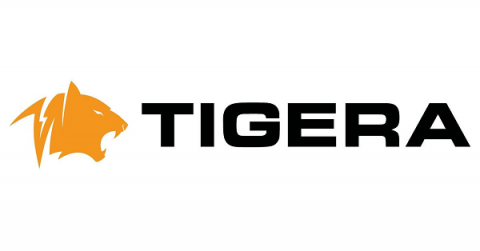In-House Counsel: Best Legal Practices in Data Breaches
The likelihood that your organization will suffer a material data breach in the next 2 years is nearly 28%, and that’s higher than last year’s risk according to The Ponemon Institute’s 2018 Cost of a Data Breach Study: Global Overview. Counsel’s best strategy is to insist on a strong organizational plan to quickly and effectively respond to data breaches and, ultimately, prevent them in the future.







